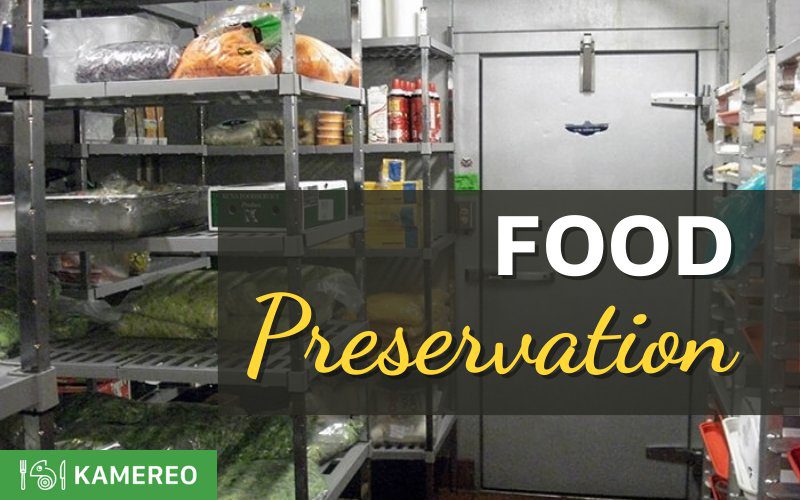Food preservation is an essential process aimed at slowing down spoilage, maintaining the nutritional value and quality of food. Additionally, it helps reduce food waste—a global issue. To understand more about food preservation, let’s refer to the following article!
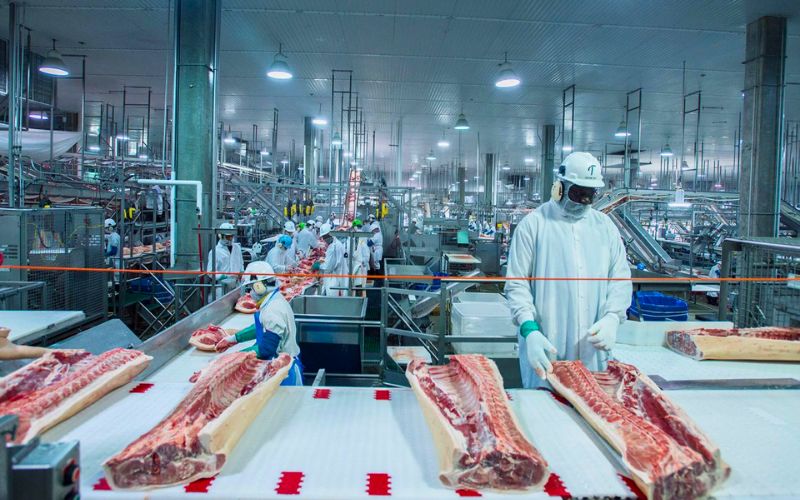
What is Food Preservation?
Food preservation involves processes to prevent or slow down the spoilage of food caused by bacteria, maintaining its quality and nutritional value. This process also prevents the growth of bacteria, fungi, and other microorganisms. Additionally, food preservation slows down the oxidation of fats causing rancidity, natural aging, and prevents discoloration due to enzymatic browning reactions.
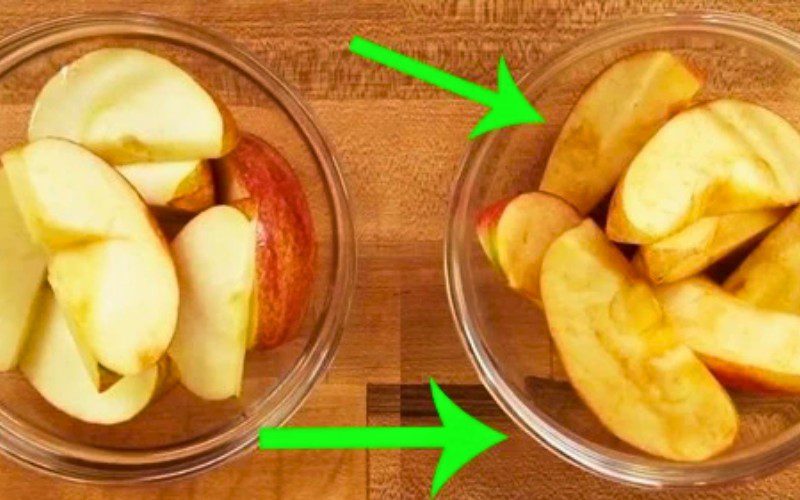
Principles and Process of Food Preservation
To ensure food safety and keep food fresh longer, you need to follow the correct preservation process. Here are the basic steps:
Step 1: Classify Food
Each type of food requires different preservation methods, so classification is necessary. Divide foods into groups that need to be stored at cool temperatures (0°C – 4°C) and those that require freezing (-18°C or lower). Additionally, separate meats, fish, seafood, fruits, vegetables, eggs, dairy, etc., to avoid cross-contamination.
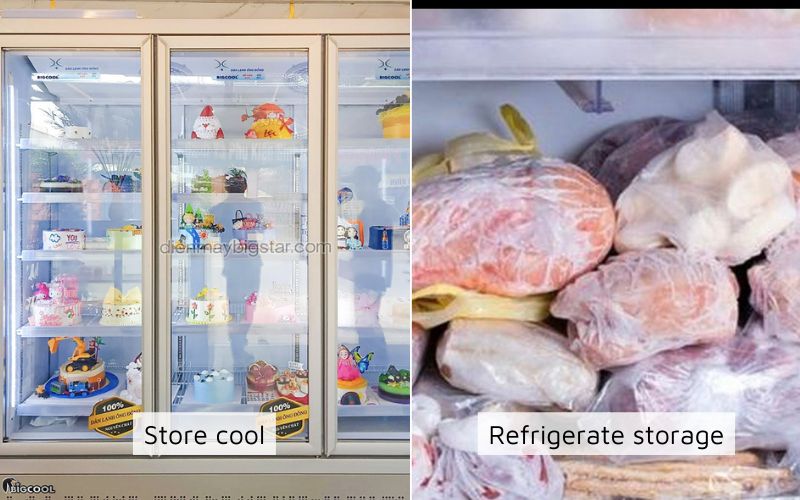
Step 2: Prepare Food
After classification, wash the food thoroughly under running water to remove dirt and bacteria, which are main causes of spoilage. Cut off any spoiled or bruised parts and process the food as needed. Dry the surface moisture with paper towels before storing.
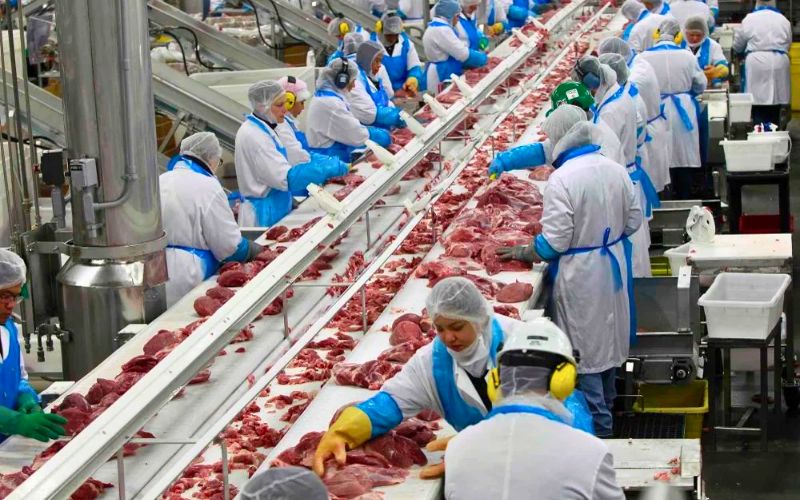
Step 3: Package Food
Ensure the container or bag is appropriately sized to hold the food and remove all air before sealing. Label the packaging with the purchase date, preparation date, and expiration date.
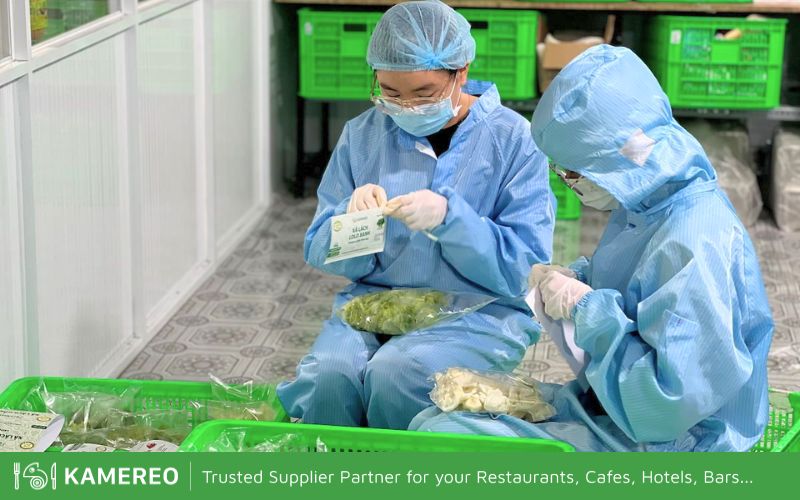
Step 4: Store Food
For cold storage, ensure the following conditions:
- Temperature: Keep the refrigerator temperature at 0°C – 4°C.
- Organization: Arrange food scientifically, keeping raw and cooked foods separate.
- Hygiene: Clean the refrigerator regularly to eliminate bacteria and mold.
For frozen storage of meats, fish, or short-shelf-life foods, consider:
- Temperature: Keep the freezer at -18°C or lower.
- Rapid Freezing: Quickly freeze foods to retain flavor and nutrients.
- Thawing: Thaw food in the refrigerator, microwave, or under running water.
Foods stored at room temperature should be kept away from direct sunlight in a dry, well-ventilated area.
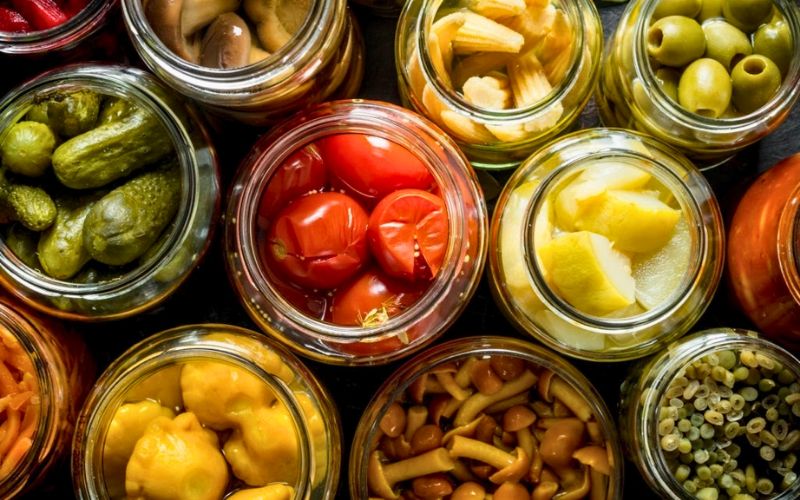
Preservation Principles for Different Foods
Meat, Fish, Seafood
These foods need to be stored at low temperatures to inhibit bacterial growth. In cold conditions, they retain their flavor and quality for about 2-3 days. For longer storage, freeze at -18°C or lower. Clean and prepare these foods before storing, and thaw them in the refrigerator, microwave, or under running water. Avoid thawing at room temperature as it can affect food quality.
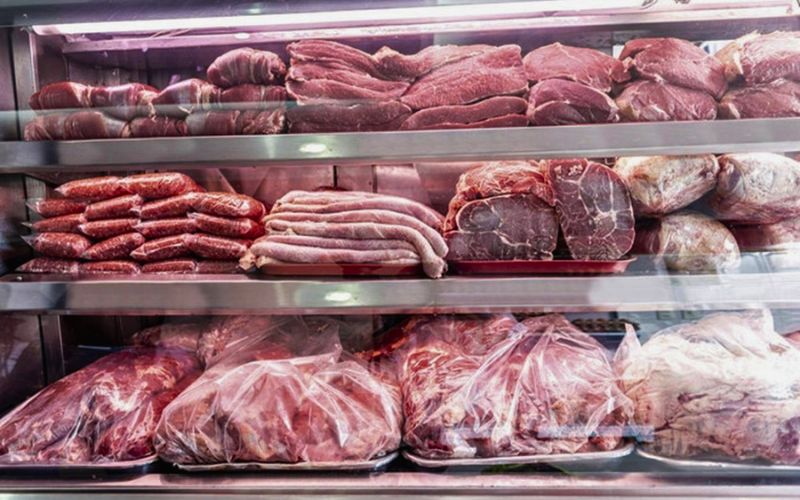
Fruits and Vegetables
Fruits and vegetables should be stored at cool or room temperatures (depending on the type). Maintain humidity to keep them fresh. During preparation, minimize exposure to air to avoid oxidation.
Additional storage tips for specific types:
- Leafy Greens: Store in perforated plastic bags in the refrigerator.
- Root Vegetables: Store in the refrigerator or a dry, cool place.
- Fruits: Store in the refrigerator or at room temperature (depending on the type).
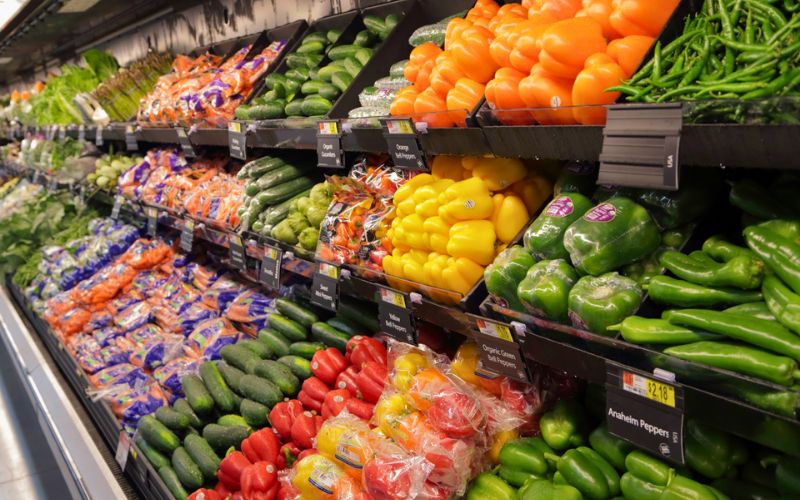
Eggs
Eggs should be stored at a cool temperature of around 4°C with high humidity to maintain freshness. Do not wash or wipe eggs before storing as the thin outer membrane may be removed, which helps block pores on the shell and prevent oxidation.
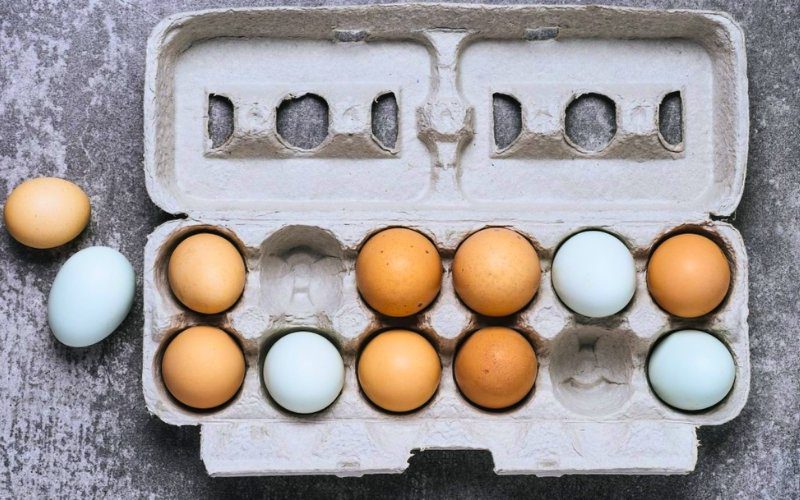
Dairy Products
Like eggs, dairy products need to be stored at cool temperatures of around 0-4°C. Pay attention to the expiration dates on the packaging to avoid spoilage.
Storage conditions and duration for dairy products vary:
- Fresh Milk: Store in the refrigerator and use within 3-5 days after opening.
- Yogurt: Store in the refrigerator and use within a week after opening.
- Cheese: Store in the refrigerator, tightly wrapped in plastic wrap.
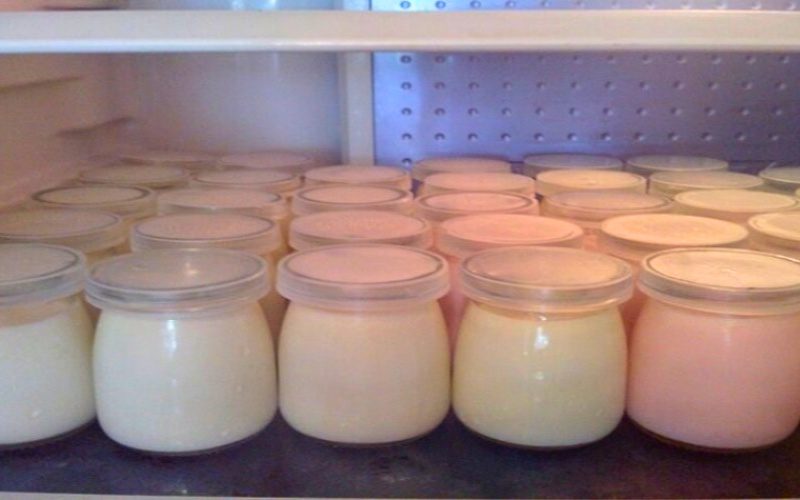
Dry Foods
Dry foods should be stored in a dry, cool place with low humidity to prevent mold. Keep them away from direct sunlight to avoid spoilage. For grains, cereals, and nuts, use airtight containers or bags to prevent pests.
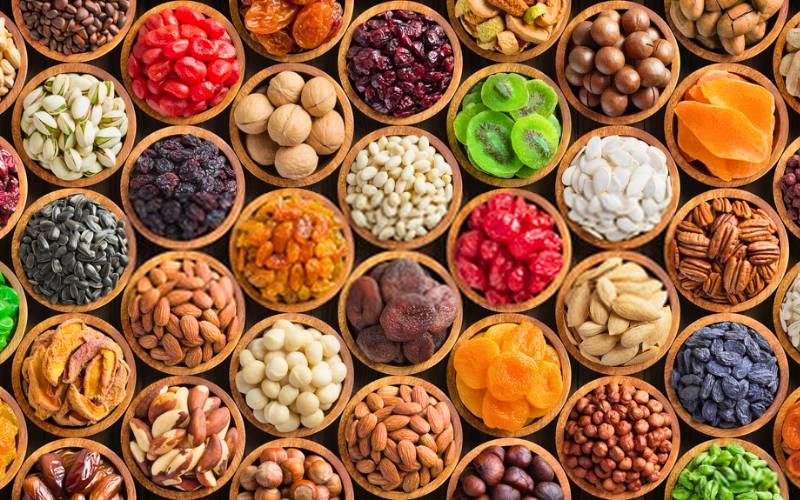
Kamereo’s Role in Food Preservation
Kamereo provides B2B food supplies to restaurants, hotels, cafes, etc., in HCMC and Binh Duong. Food preservation is a top priority to provide the best service to customers. Kamereo has invested significantly in choosing warehouses in Da Lat and HCMC.
Kamereo quickly classifies, processes, and preserves food with the help of a professional team regularly stationed at the warehouse. Advanced preservation technology with cool rooms, cold storage, and processing areas ensures the long-term quality of food.
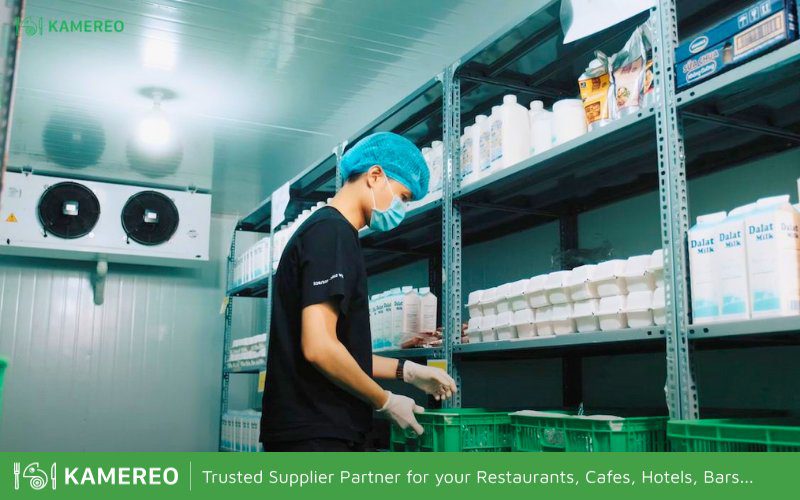
To ensure the freshest food delivery to customers, Kamereo performs final checks and labels each basket. This helps shippers easily find the correct orders, preventing delivery mistakes and affecting business operations.
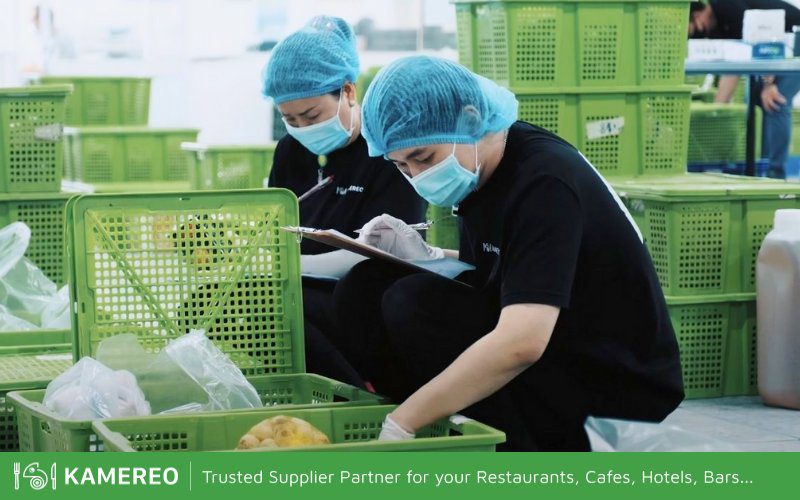
Read more: Brief introduction about the Kamereo brand
Conclusion
Food preservation is crucial, especially for F&B businesses, to ensure product quality and minimize losses that reduce revenue. Follow F&B business tips for more useful information!
Read more:



